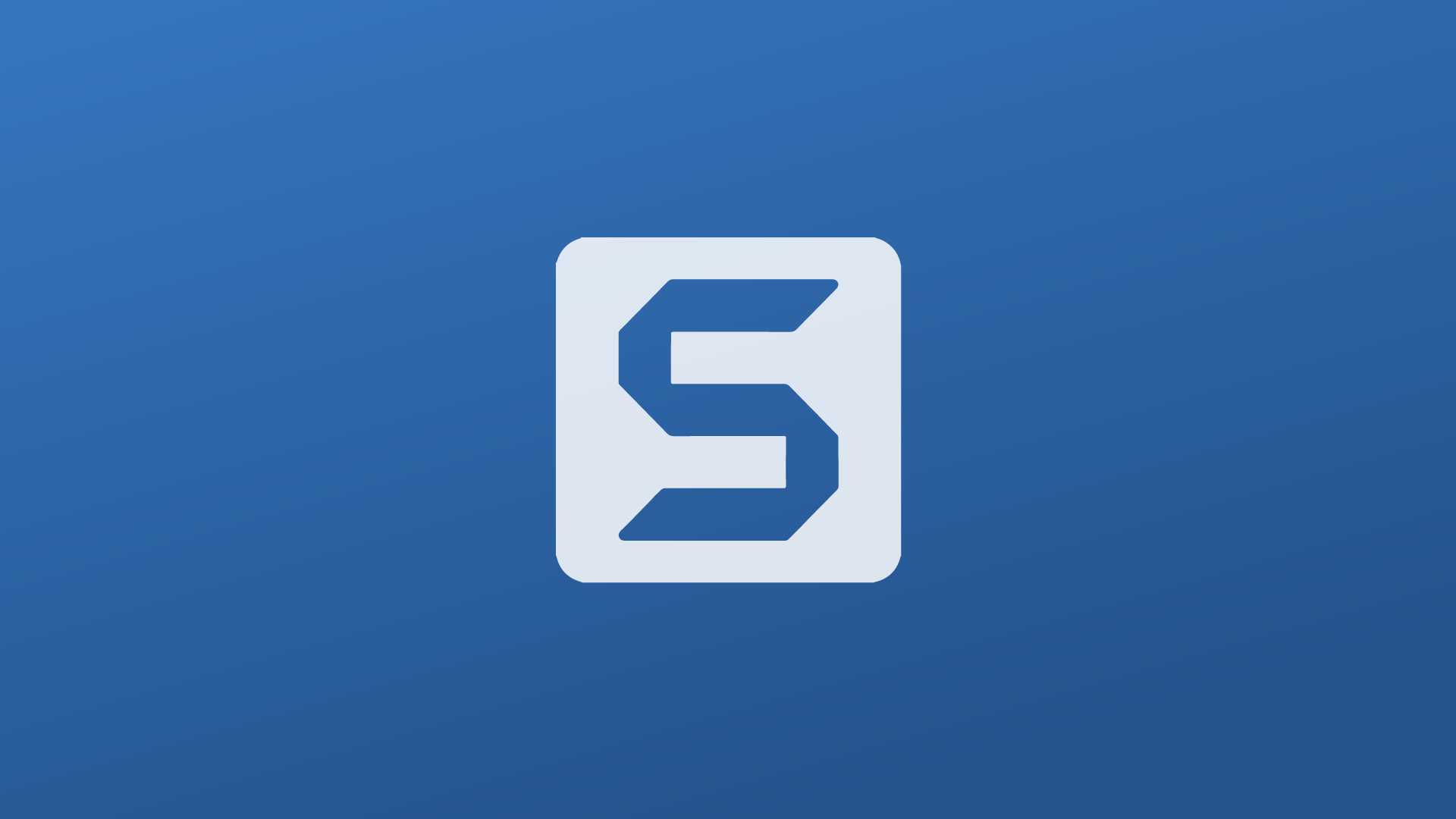

Simple Project Recipe
There are many of us out there who have a Chromebook cart delivered to your classroom, stare at it and wonder what I am supposed to do with it. After years of sharing carts, you wonder how to use it for more than searching, word processing and making slides. For those of you in this position, give this a shot. This recipe works under the assumption students have access to the apps listed below.
- Google Sites
- YouTube
- Google Slides
- Snagit Chrome Extension
- Blogger
I recently used this recipe with 7th grade science students. In science class, they were learning about biomes or ecosystems. The teacher sent me the 6 brightest students who were better served to learn on their own rather than in a traditional class setting. The teacher gave me a list of biomes or ecosystems and asked me to design self-guided learning experience for these students. With that in mind, I developed this recipe. This can be done with students of all ability and language levels provided they have been exposed and have access to the apps listed above.
Step 1: Students were given time to research and take notes, on a Google Doc, about each of the assigned biomes or ecosystems. They took notes on the characteristics, animals, climate, and locations on the planet.
Step 2: Students created a Google Slides presentation for all the biomes. They dedicated 1-2 slides per biome. The slides included bulleted information, images and embedded YouTube videos.
Step 3: Students used the Snagit Chrome Extension to screencast themselves "lecturing" over their Google Slides presentation. Once finished, they uploaded their screencast to YouTube and did some minor editing.
Step 4: Students created a biome blog using Blogger. They wrote a blog post going into detail describing each biome. Think of the screencast as the "Reader's Digest version" and the blog post the more in-depth version.
Step 5: Students created a Google Site where they embedded their YouTube video, presentation and blog. Each had their own individual page
Step 6: Students emailed the link to their site to their teacher for review.
This project was done virtually paper free. Some students wrote notes on paper to refer to when they recorded their screencast. Others used whiteboards. If you're class is 1:1, this project would be an excellent challenge for both teacher and students.



